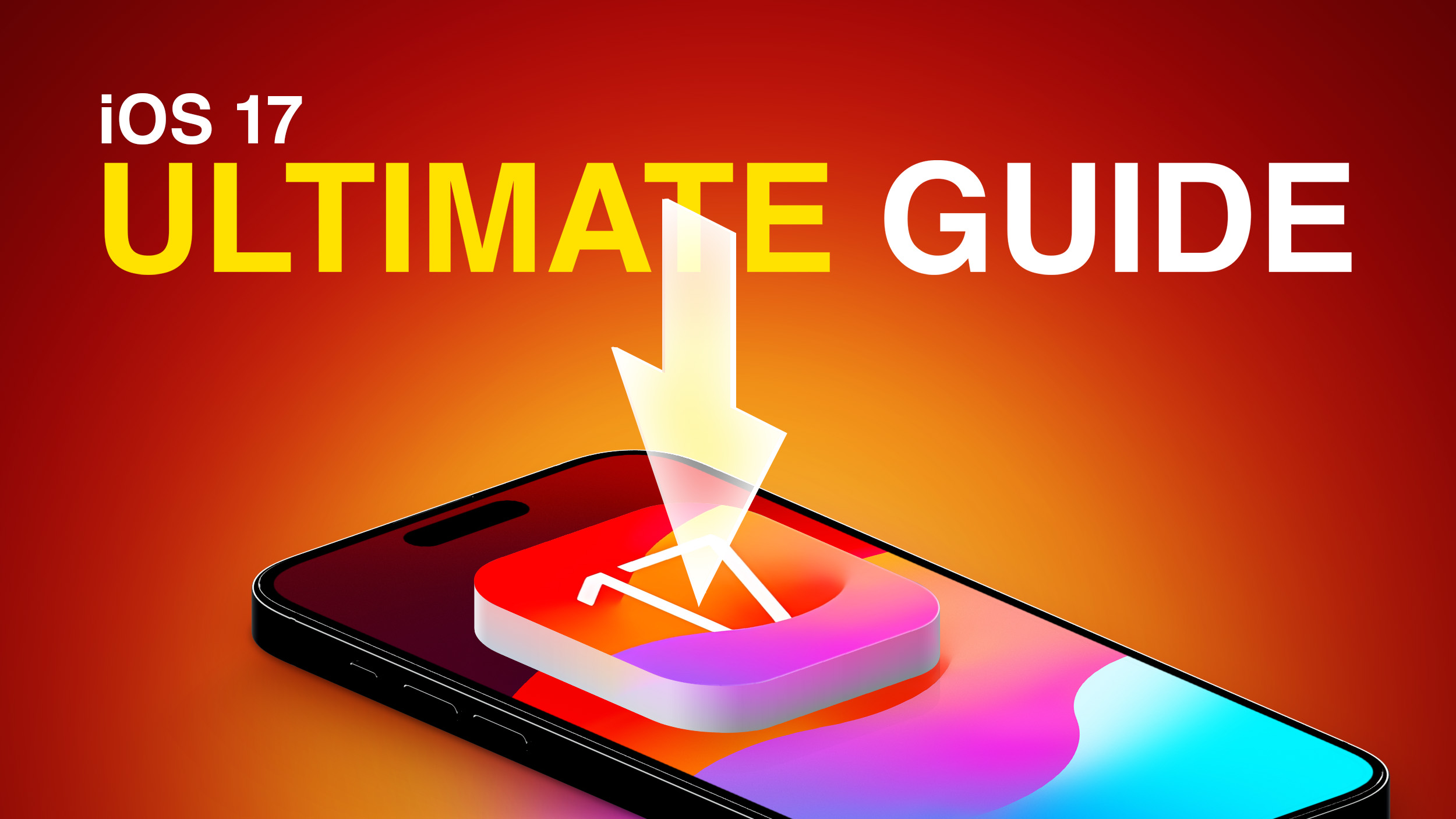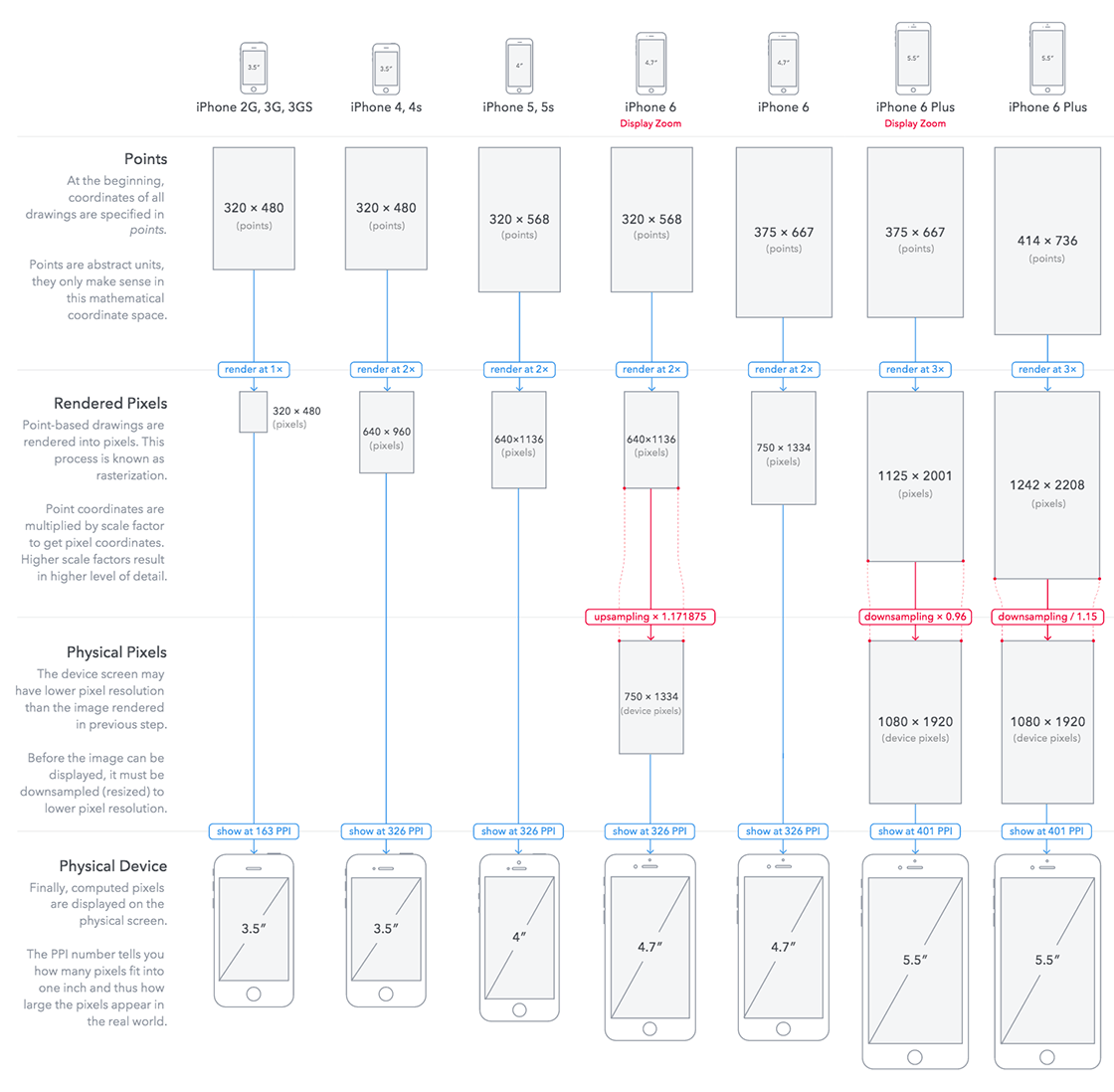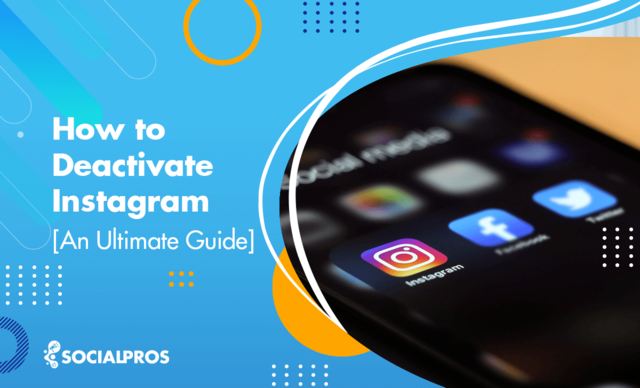To deactivate your iPhone, go to Settings, tap on your name, navigate to Media & Purchases, and select View Account to remove the device. When deactivating, ensure to securely erase any personal data using Find My or iCloud.
Remember to report theft to the police and protect your Apple ID if your device is lost. Taking these steps will safeguard your information and ensure the security of your device. For a seamless deactivation process, follow these guidelines and prioritize data protection to prevent unauthorized access to your iPhone.

Credit: www.macrumors.com
Understanding iPhone Deactivation
To deactivate your iPhone, go to “Settings,” tap your name, then “Media & Purchases,” and select “View Account. ” Scroll down and tap “Remove This Device. ” If it’s lost or stolen, erase it from iCloud or by using Find My.
Always secure your data and Apple ID before disposing of your device.
| Deactivating an iPhone disables the device for security purposes. If the iPhone is lost or stolen, remote erase is an option through iCloud. Entering the incorrect passcode multiple times can disable the iPhone. When selling or giving away the iPhone, erasing all content and settings is crucial. To deactivate a lost iPhone, activate Lost Mode through iCloud. |

Credit: www.bram.us
Ways To Deactivate An iPhone
To deactivate an iPhone, go to Settings, tap General, then Reset, and select Erase All Content and Settings. This process will wipe the device clean, safeguarding your data in case of loss or theft. For added security, use Find My iPhone to remotely erase the device if needed.
| Remotely deactivating: Use Find My to erase iPhone or iPad remotely. |
| Deactivating a lost or stolen iPhone: Report theft to police, erase with Find My. |
| Preparing to sell, give away, or trade in your iPhone: Erase all content and settings in Settings > General. |
Using Built-in iPhone Features
To deactivate your iPhone, you can utilize the “Find My iPhone” feature. Through this feature, you can erase all content and settings remotely if your iPhone is lost or stolen. Simply go to iCloud.com, login, and track, lock & erase your iPhone using Find My iPhone. Additionally, report the theft to your local police, and ensure to secure your Apple ID if Find My iPhone was not enabled. If you are preparing to sell, give away, or trade in your iPhone, you can erase all content and settings by going to Settings > General > Reset. By utilizing these built-in iPhone features, you can easily deactivate your device and protect your data from unauthorized access.

Credit: socialpros.co
Alternate Methods For Deactivation
When it comes to deactivating your iPhone, there are a few alternative methods you can consider. One option is to use third-party software specifically designed for iPhone deactivation. These tools provide additional customization options, allowing you to personalize your deactivation settings according to your preferences.
Customizing deactivation settings gives you more control over how your iPhone is deactivated. You can choose to completely erase all content and settings or selectively remove specific data. This customization ensures that your personal information remains secure and protected.
Using third-party software also offers the advantage of additional features and functionality. Some tools allow you to remotely deactivate your iPhone if it is lost or stolen. This feature comes in handy when you need to protect your data and prevent unauthorized access to your device.
Overall, considering alternate methods for deactivation, such as utilizing third-party software, can enhance your iPhone deactivation experience and provide a more tailored approach to protecting your data.
Precautions And Tips
- Before deactivating your iPhone, it is important to back up your data to ensure that you don’t lose any important information. You can back up your data using iCloud or iTunes.
- To secure your Apple ID, make sure to enable two-factor authentication. This will provide an extra layer of security by requiring a verification code every time you sign in to your Apple ID on a new device.
- If your iPhone is lost or stolen, you can remotely erase it using the Find My app or iCloud.com. This will help protect your personal information from falling into the wrong hands.
Remember to report the theft to your local police and provide them with any necessary information about your device.
Additionally, it is recommended to change your Apple ID password to prevent unauthorized access to your account.
By taking these precautions and following these tips, you can safely and securely deactivate your iPhone without worrying about your personal information being compromised.
Frequently Asked Questions For How To Deactivate iPhone
How Do I Deactivate An Apple Device?
To deactivate an Apple device, open Settings, tap your name, then Media & Purchases, select View Account, and tap Remove This Device.
Can You Remotely Deactivate An Iphone?
Yes, you can remotely deactivate an iPhone using Find My to erase the device from iCloud. com/find. If the iPhone is permanently lost or stolen, you can track, lock, and erase it through Find My iPhone. For security, report theft to the police and secure your Apple ID.
What Does Deactivated Iphone Mean?
A deactivated iPhone means that it has been disabled due to entering the wrong passcode multiple times. It is a security feature to protect your data from unauthorized access. Unfortunately, unlocking a disabled iPhone without iTunes is not possible.
How Do I Deactivate My Lost Iphone?
To deactivate your lost iPhone, follow these steps: 1. Report the theft to your local police. 2. Use Find My iPhone to track, lock, and erase your device. 3. Secure your Apple ID if you did not have Find My iPhone enabled.
4. Finally, contact your carrier to inform them about the lost device.
Conclusion
Deactivating your iPhone can be a straightforward process when using the right tools and methods. Whether you’ve lost your device or simply wish to ensure your data is secure, several options are available. By following the steps outlined, you can easily deactivate your iPhone and protect your personal information.